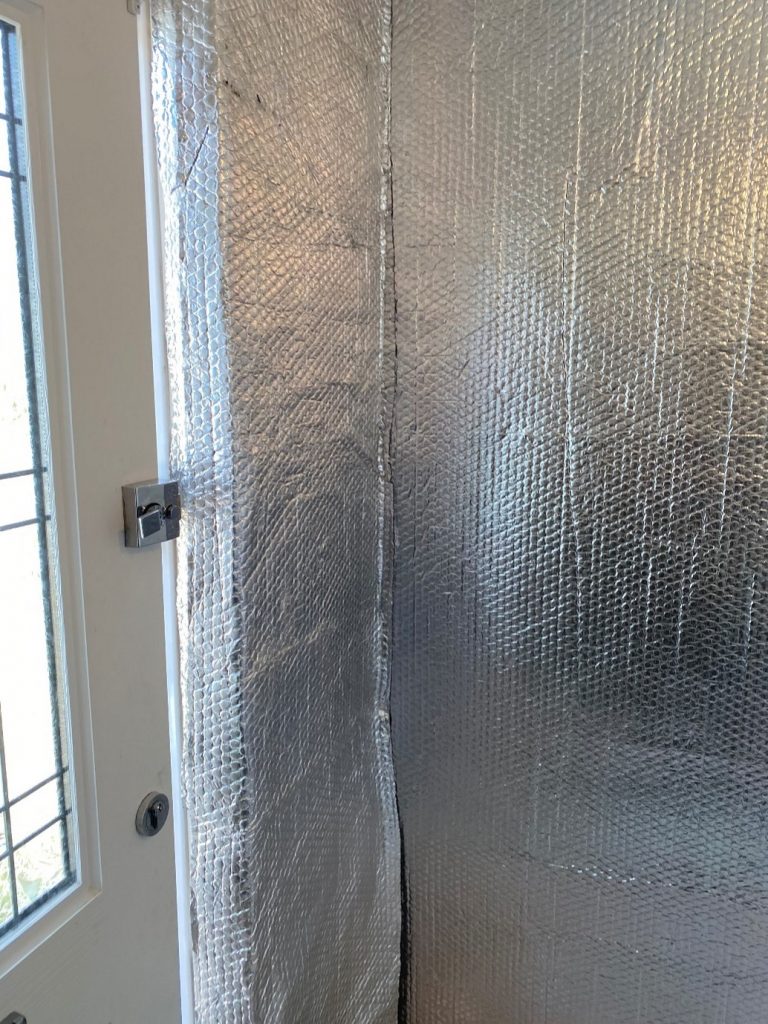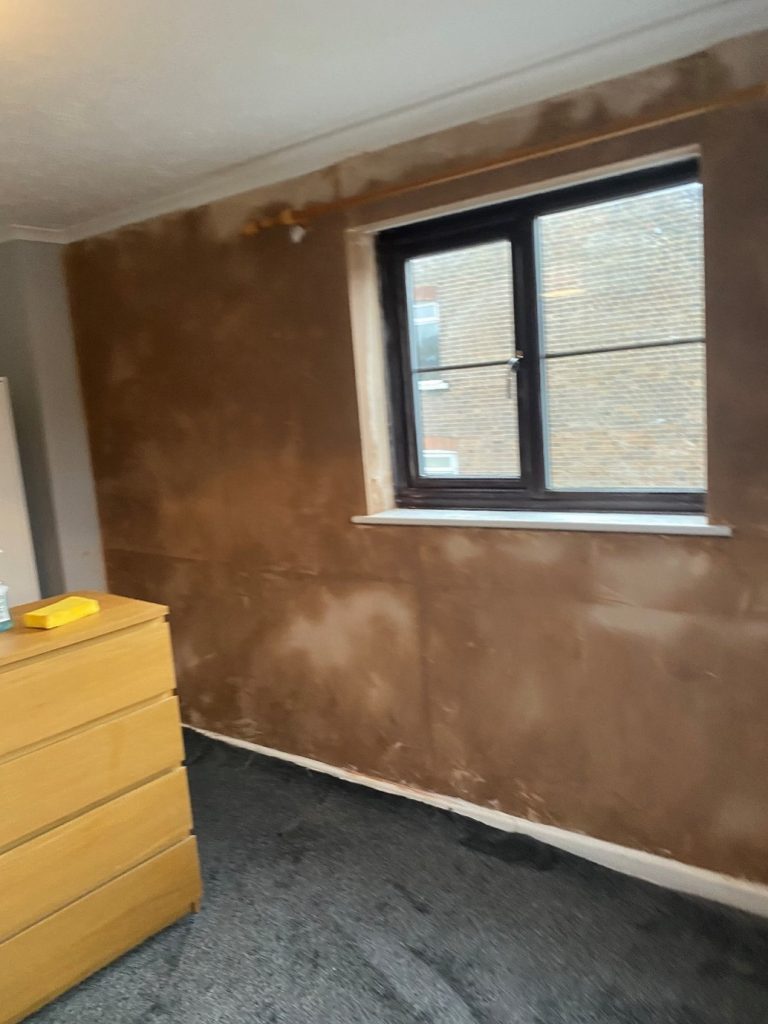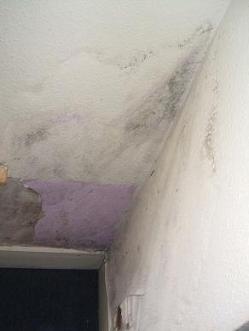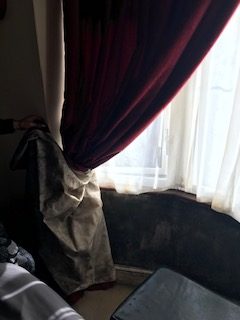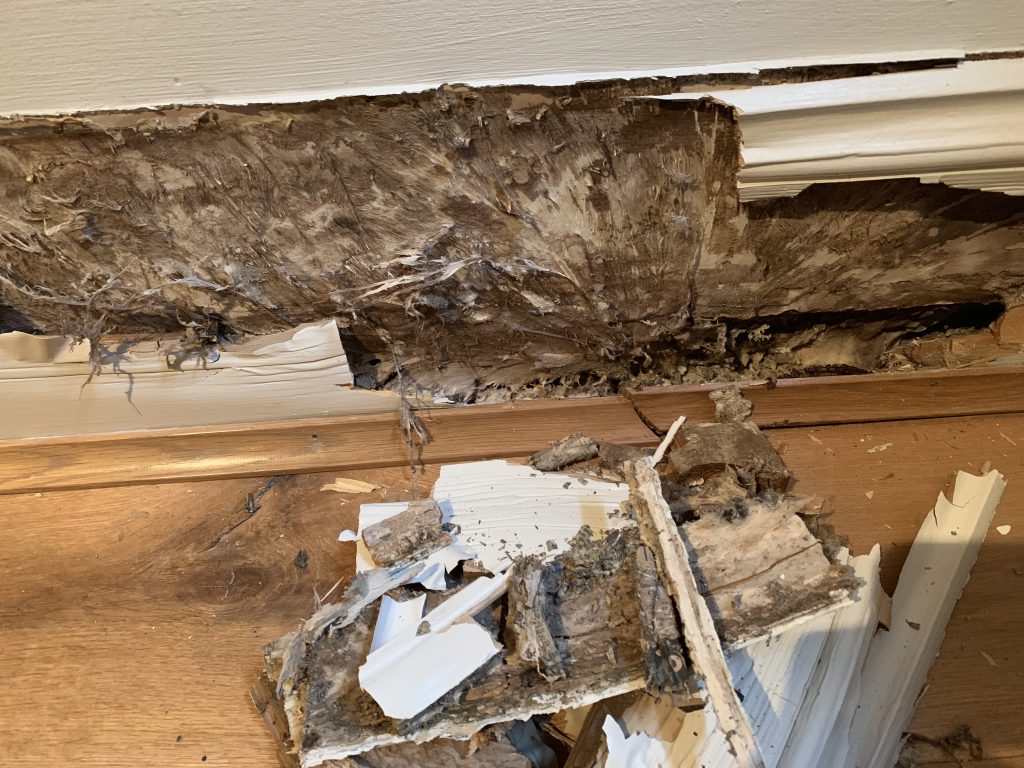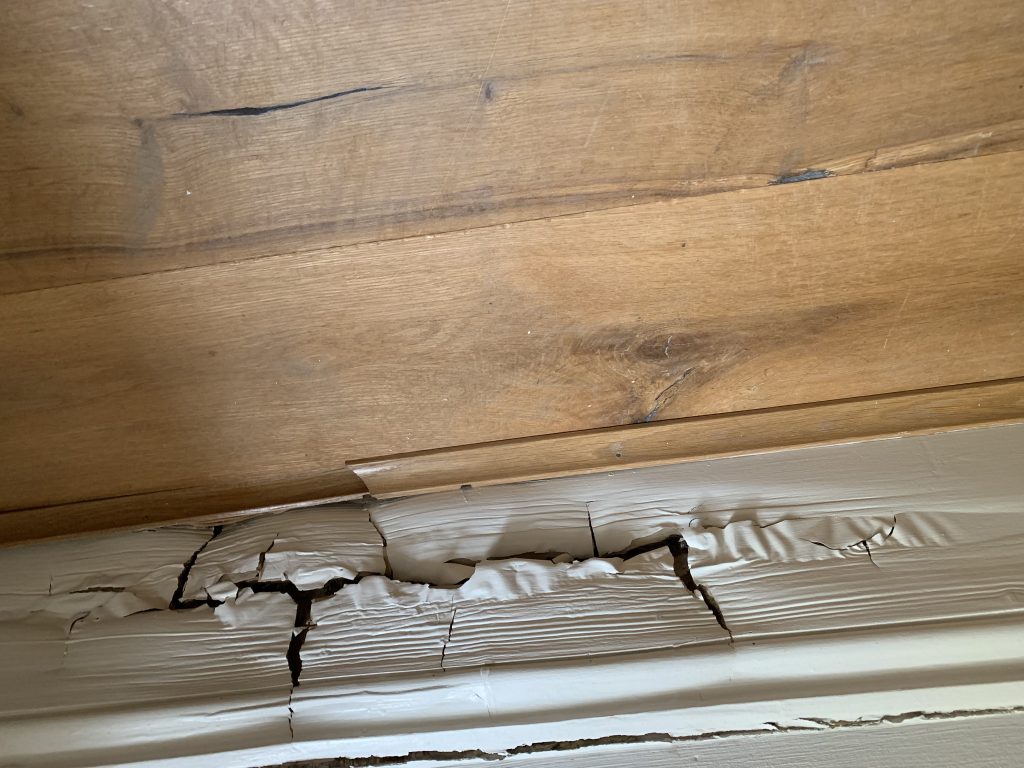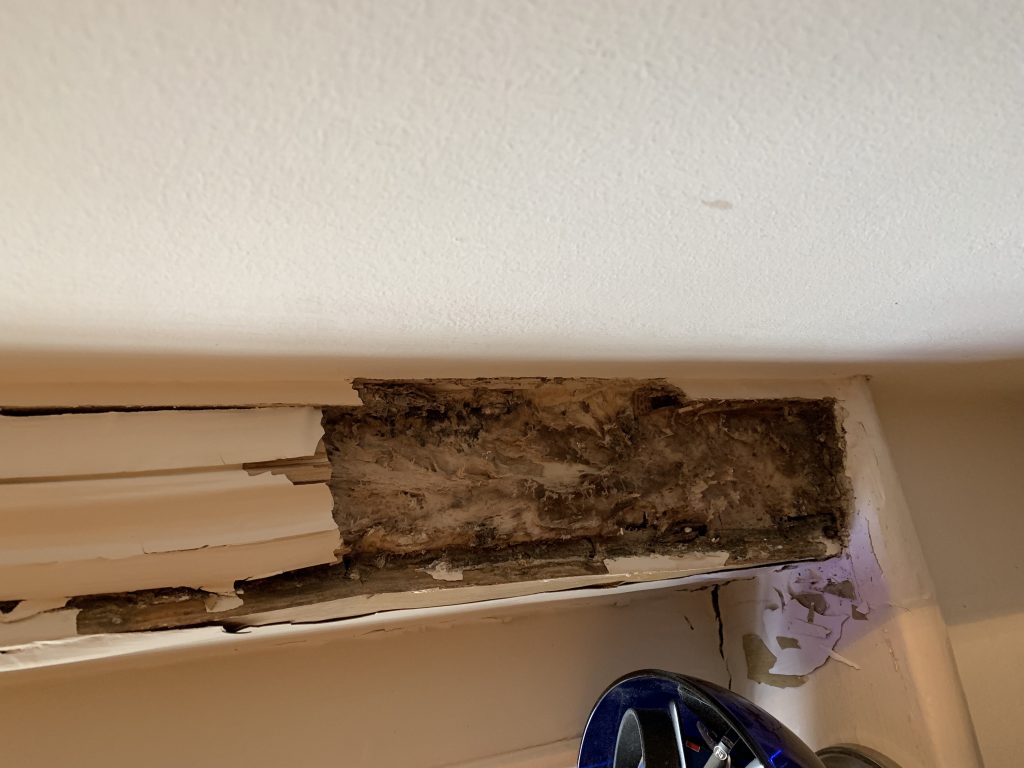Awaabs law has been in effect since febuary the ninth 2023, Landlords need to be aware how serious this is for them.
Denis Bromell- Thank you, we couldn’t have done it without you. Yesterday, we watched the emotional moment when Awaab’s Law passed through Parliament for the final time. It has now become law. This never would have happened without the support of people like you, speaking out and taking action like signing this petition. Will you help celebrate this important victory by forwarding this email to a friend, or sharing the news on social media? Share the news on Twitter Share the news on Instagram The Awaab’s Law campaign began last November, after two year old Awaab Ishak died due to mould in his home. In the following weeks after the inquest, The Manchester Evening News started a petition which grew by over 150,000 in just nine days. On the tenth day, because of all the pressure from people like you, Michael Gove met with the family and made a commitment to making Awaab’s Law a reality. 9 months later, we watched as Baroness Scott moved the legislation through Parliament with these words: “I know that Awaab’s father is watching today, and I know that I speak for all of us when I say that my thoughts remain with the Ishak family. This law will make a real difference to people’s lives, and I hope that brings some degree of comfort to all of those who knew and who loved Awaab.” Awaab Ishak’s death should never have happened. You, the Manchester Evening News, Awaab’s family and lawyers, came together to stand up to social housing bosses. It’s because of this collective action that legislation was brought forward to help make sure no one dies because of mould in social housing again. Watching Awaab’s Law being written into legislation is a moment I will never forget – thank you so much for using your voice to make it happen. Please help spread the word that people power works by sharing the news. Read Manchester Evening News article about Awaab’s law Thank you for all you do, Honor Barber and the UK Change.org Team If you want to help Change.org support more campaigns like this, become a subscriber from just £3 per month.

